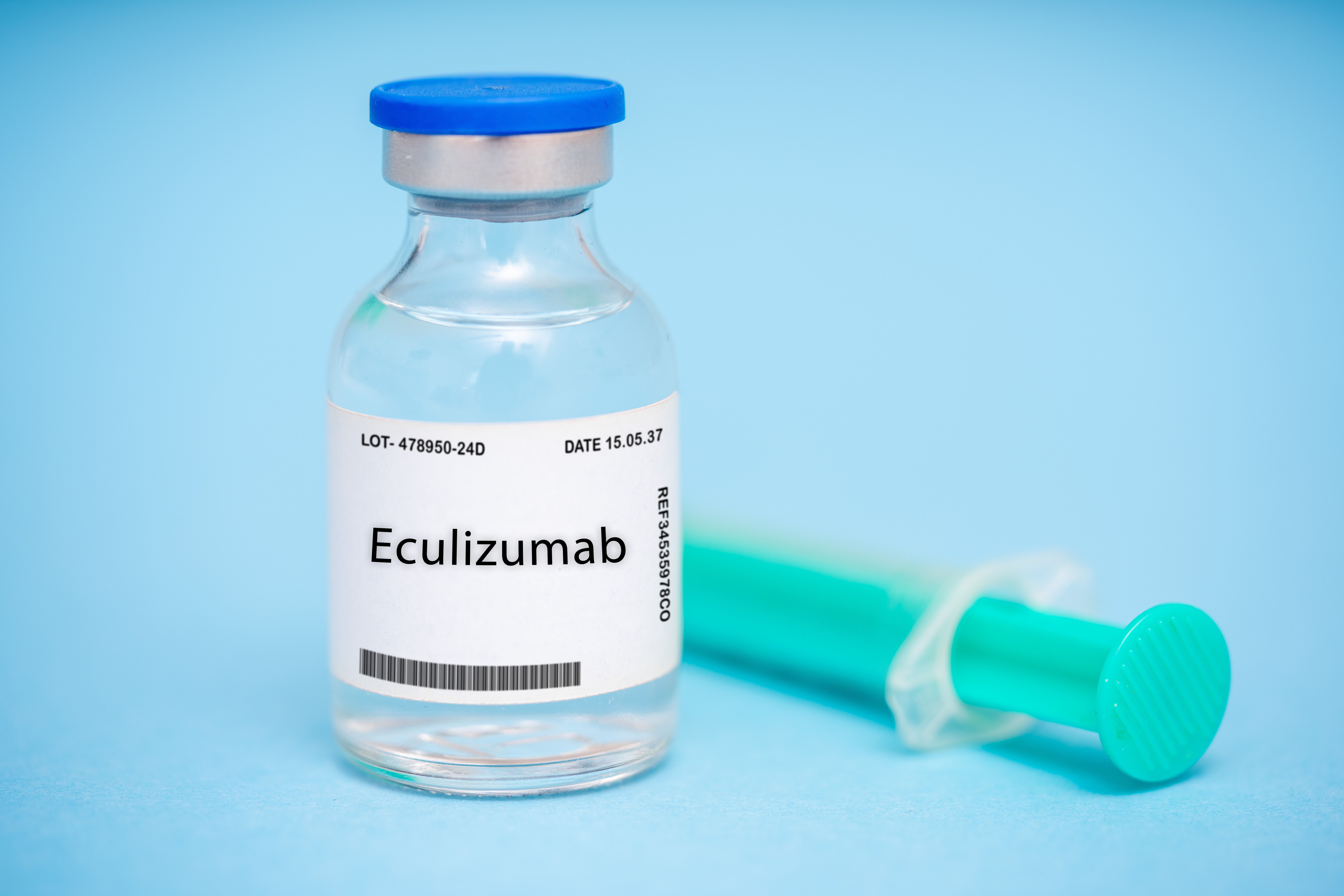- Center on Health Equity & Access
- Clinical
- Health Care Cost
- Health Care Delivery
- Insurance
- Policy
- Technology
- Value-Based Care
Lactate Dehydrogenase Levels Associated With Fatigue, QOL in Patients With PNH
Patients with paroxysmal nocturnal hemoglobinuria (PNH) had decreased quality of life (QOL) and worse fatigue that could be linked to lactate dehydrogenase levels.
Researchers found that levels of lactate dehydrogenase (LDH) acted as a determinant in fatigue and quality of life (QOL) outcomes in patients who lived with paroxysmal nocturnal hemoglobinuria (PNH). According to the study published in Annals of Hematology, improving these levels should be the focus of PNH treatment.
PNH is a rare hematological disorder that features uncontrolled terminal complement pathway activation, which can lead to elevated levels of LDH, thromboembolic events, and organ damage. C5 inhibitors eculizumab and ravulizumab have been used as a treatment for patients with PNH. Patient reported outcomes (PROs) were found to have improved after these treatments when patients were assessed with the Functional Assessment of Chronic Illness Therapy-Fatigue (FACIT-F) scale and the European Organisation for Research and Treatment of Cancer, Quality of Life Questionnaire-Core 30 (EORTC QLQ-C30). This study aimed to identify the drivers that improve QOL and fatigue in patients with PNH who are receiving treatment.
Eculizumab | Image credit: luchschenF - stock.adobe.com

This study used the cohort from a phase 3, multicenter, randomized, active-controlled, open-label study that was conducted in 123 centers across 25 countries in patients 18 years and older. All patients were complement inhibitor naïve and had confirmed PNH with at least 1 sign or symptom.
The FACIT-F scale was used to assess fatigue at baseline and days 8, 29, 71, 127, and 183 across 26 weeks; higher scores indicated less fatigue on a scale of 0 to 52. QOL was also assessed on these same dates using the EORTC QLQ-C30, and higher scores indicated better QOL on a scale of 0 to 100. Demographic characteristics, LDH levels at baseline and after, and hematological parameters were variables of interest. The average of all available assessments prior to treatment made up the LDH levels at baseline.
There were 246 patients with PNH who were included in this study who were randomized into 2 groups: ravulizumab (n = 125) and eculizumab (n = 121). The patients had a mean (SD) age of 45.5 (15.7) years, and 54.5% were male. Most of the patients identified as Asian (52.4%) or White (38.2%), and they had a mean LDH level 1606.4 (752.7) U/L at baseline.
The researchers found that complement C5 inhibitor–medicated reductions in mean levels of LDH were associated with an improvement in the mean scores of FACIT-F and EORTC QLQ C30, regardless of which C5 inhibitor was received. The researchers found there was an 8-point increase in score from day 28 to day 183.
Patients who had LDH levels of less than 1.5 x the upper limit of normal (ULN) had better mean improvements in the FACIT-F and EORTC QLQ-C30 scores after baseline at all time periods compared with patients who had levels of LDH of 1.5 x ULN or more. Continual improvements in FACIT-F and EORTC QLQ-C30 scores after baseline were found in patients with levels of LDH less than 1.5 x ULN at day 183, which was not observed in patients who had levels of LDH of 1.5 x ULN or more at day 183.
Improvements in the mean hemoglobin level were also associated with improvements in FACIT-F scores in patients with levels of LDH less than 1.5 x ULN at day 183. Patients whose mean hemoglobin level was the greatest at day 183 did not have the greatest improvements in FACIT-F score.
There were some limitations to this study. Only the global health subscale of the EORTC QLQ-30 was used for this study for the QOL measurement rather than including the physical functioning and fatigue data. In addition, improvements in fatigue and QOL after the 26-week period are unknown, and the study covered a controlled trial and may not be applicable to clinical practice outside of that setting.
Management strategies for patients with PNH can be created through an understanding of the clinical drivers of improvements in QOL and fatigue during treatment. Levels of LDH can act as a key determinant of fatigue and QOL outcomes in patients. Improving LDH levels, wrote the authors, should be the focus of treatment goals.
Reference
Schrezenmeier H, Kulasekararaj A, Mitchell L, et al. Predictors for improvement in patient-reported outcomes: post hoc analysis of a phase 3 randomized open-label study of eculizumab and ravulizumab in complement inhibitor naïve patients with paroxysmal nocturnal hemoglobinuria. Ann Hematol. Published online October 7, 2023. doi:10.1007/s00277-023-05483-0
